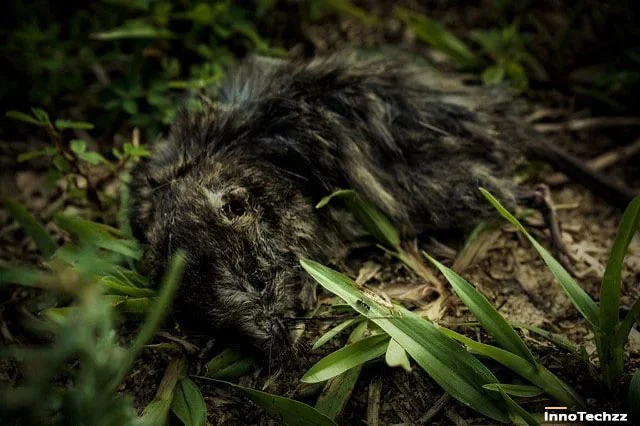Biological magnification

What is Biological magnification?
The growing accumulation of hazardous compounds within organisms that occurs at each level of the food chain or food web is known as biological magnification, or biomagnification.
When a lion eats a crocodile(for example), it ingests the crocodile's poisons, which include the toxins from all the animals the crocodile has ever eaten, as well as the toxins from all the plants those animals have ever eaten. The poisonous accumulation rises with each level of the food chain or food web.
Biological accumulation is the accumulation of harmful chemicals within a single organism. When the biological accumulation in each organism is compounded, this is referred to as biological magnification (added together, or magnified). The quantity of hazardous compounds (such as mercury or pesticides) in the bodies of species (including humans) that consume other organisms increases as a result of biomagnification.
Because certain harmful compounds are not broken down or filtered out of the body, biological amplification develops. This means that every creature that consumes another accumulates a lot of harmful material.
What is the significance of biological magnification in biology?
Toxins are present in many of the foods we eat, whether we like it or not. Mercury is a well-known toxin that may be found in high proportions in certain fish. When you consume a fish, you're also ingesting whatever mercury it may have, and mercury in high doses may harm the human body. Bisphenol-A (BPA), which is present in some plastic containers and can leach into food, and polycyclic aromatic hydrocarbons (PAHs), which are produced as a by-product of grilling meat, are two other harmful chemicals.
It's crucial to understand how the food chain or food web works in order to comprehend biological amplification. There are producers and consumers in the food chain or food web. Producers do not need to eat anything because they make their own food. Plants are the primary producers since they generate their own nourishment using solar energy (through photosynthesis). Consumers who eat producers (plants) are known as herbivores, whereas those who eat other consumers are known as carnivores, and those who eat both are known as omnivores. All organisms accumulate hazardous compounds over time due to bioaccumulation. When one of these species is eaten, all of its poisons are consumed as well, amplifying the poisonous accumulation at each stage in the food chain or food web.
There are an increasing number of harmful compounds that can biomagnify since the advent of pesticides and herbicides. In many countries, the once-common pesticide DDT was outlawed for agricultural use in the 1970s, yet it is still discovered in the bodies of some animals today. It was particularly dangerous to bald eagles, who ate fish that had been polluted by the chemical after it had ran off into bodies of water. The DDT made the egg shells of eagles thinner, resulting in fewer hatchlings. The bald eagle was nearly extinct as a result of this, and it has taken decades for its numbers to rebuild since the DDT prohibition.
Posted By InnoTechzz